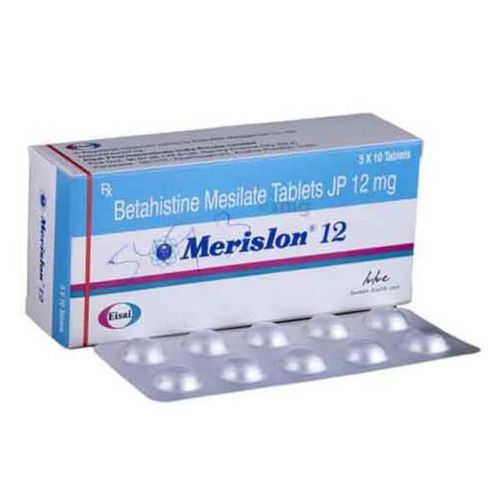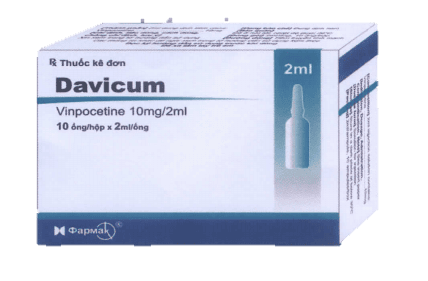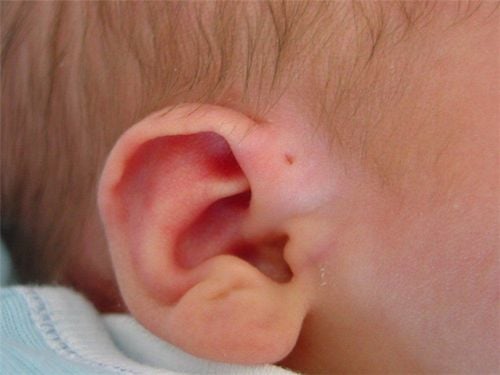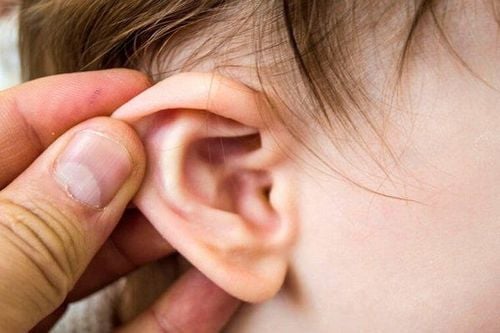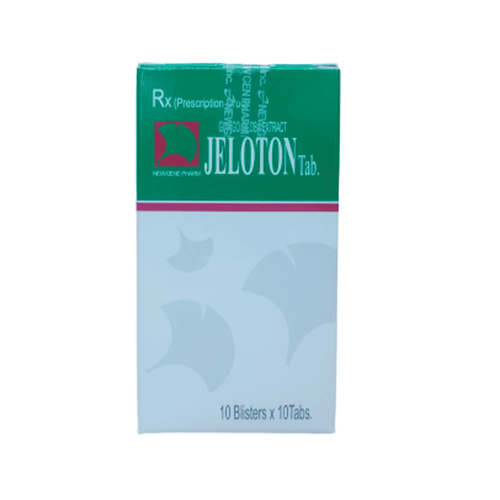This is an automatically translated article.
The article was professionally consulted by Specialis Doctor of Otolaryngology - Department of Medical Examination and Internal Medicine - Vinmec Hai Phong International Hospital.
Hearing is one of the 5 senses, which plays a very important role in interactions between people and the surrounding world. In particular, the eardrum is an indispensable link of this sense, but it is very vulnerable. What are the signs of a perforated eardrum?
1. Anatomical and physiological characteristics of the tympanic membrane
The eardrum is a thin membrane separating the outer and middle ear, elliptical, semi-transparent and slightly concave, composed of tissue similar to skin.
The eardrum is about 9mm high, about 8mm wide and about 0.1mm thick. The anterior and inferior part is tilted slightly inward to create an angle of about 45-500 with the axis of the external ear canal. The tympanic membrane consists of 3 layers, the outer epidermis, the middle fibrous tissue layer, and the inner mucosal layer. In addition, the surrounding accessory fibers will form a crescent around the eardrum.
The main function of this membrane is to receive sound waves from the outside, then create vibrations and then transmit it through a chain of ossicles to reach the sound-sensing cells in the inner ear. Thereby mechanical vibrations will be converted into electrical impulses transmitted to the brain.
In addition, the eardrum also helps to protect the middle ear by blocking bacteria and foreign objects. Normally, the middle ear is sterile, but when the eardrum is punctured, bacteria can enter the middle ear, causing an infection. To do these conduction functions well, the tympanic membrane must always be intact, keeping its elasticity with the necessary thinness.
2. What is the cause of perforated eardrum?
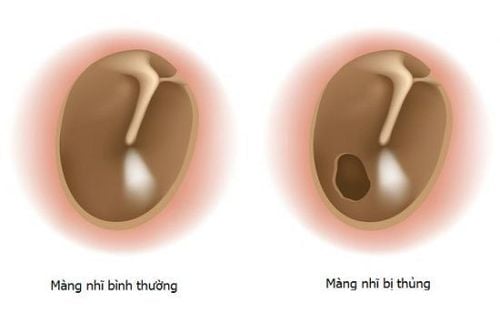
Otitis media Due to inflammation from nearby areas such as nasopharynx, causing accumulation of pus in the tympanic cavity, the pressure from this tearing the eardrum from the inside out.
Direct trauma Injuries caused by sharp objects, most often being careless while removing earwax and letting the instrument pierce the eardrum directly.
Indirect trauma When there is an imbalance of pressure between the middle ear and the outside environment, it will exert too much force on the eardrum and cause this membrane to perforate. The most common occurrences are being slapped too hard on the ear, flying by plane or by landmines, diving too deep...
Severe head injury Serious head trauma such as a skull fracture can cause structural damage middle and inner ear, including the eardrum.
3. What are signs of a perforated eardrum?
Sudden perforation of the eardrum, the first sign is a sharp pain in the ear, tinnitus, ear bleeding, dizziness, nausea, vomiting and can lead to hearing loss (deafness).
If just tearing the eardrum alone, it can cause mild deafness or reduced hearing, if the damage is deep to the inner ear, the degree of deafness is more severe.
In which, if the eardrum perforation is caused by acute otitis media, then there will be symptoms of infection such as fever, poor appetite with pain in the ear, tinnitus or hearing loss. When the eardrum is perforated, pus can escape outside the ear canal, the symptoms will be relieved.

4. Perforated eardrum dangerous?
Perforation of the eardrum, if due to a long-term infection, will cause mastoiditis, which reduces the ability to hear severely and can cause more serious complications due to the spread of the infection into the adjacent areas such as meningitis, pressure brain car , sinusitis or facial paralysis ...
5. How to treat perforated eardrum?
Perforation of the eardrum may not require treatment because the eardrum usually heals on its own in a few weeks or months as long as the ear is kept dry and free of bacteria.
If you have pain or discomfort, you can take pain relievers with paracetamol or ibuprofen. You can also relieve ear pain by placing a warm cloth over the punctured ear.
In addition, the doctor may prescribe antibiotics if the perforated eardrum is due to an infection or there is a risk of infection during the recovery period. If the perforation of the eardrum is severe, affecting the hearing a lot, the main treatment is patching the eardrum at specialized medical facilities.
6. How to prevent perforation of the eardrum?
Be careful and careful when picking your ears with sharp objects, absolutely do not arbitrarily pick your ears or remove earwax with metal tools; Actively treat when suffering from nasopharyngeal diseases because it can lead to otitis media and cause perforation of the eardrum; When swimming or showering, working or living in a noisy place, protect your ears with earplugs or cover your ears when necessary; Keep the ear dry if there is any damage to avoid infection and tearing of the eardrum.
7. Where is the best place to have eardrum patch surgery?
At Vinmec International General Hospital, endoscopic or open eardrum patching surgery is performed depending on the condition and needs of the patient.
Vinmec gathers leading medical experts at home and abroad, a team of doctors with high professional qualifications, good skills, always enthusiastic, dedicated and wholeheartedly for the benefit of patients. The system of equipment for atrial patching technique ensures modern, optimal support for diagnosis and treatment. The medical examination and treatment space is modern, luxurious, polite and has an optimal infection control system. Professional medical service quality, bringing satisfaction and comfort to customers.
Please dial HOTLINE for more information or register for an appointment HERE. Download MyVinmec app to make appointments faster and to manage your bookings easily.




